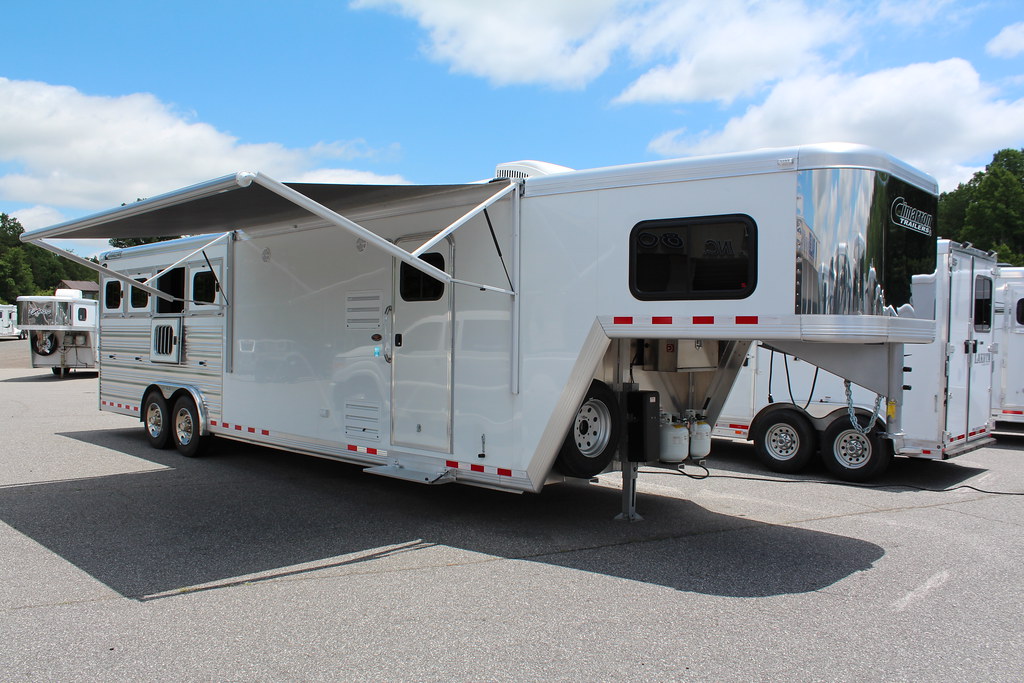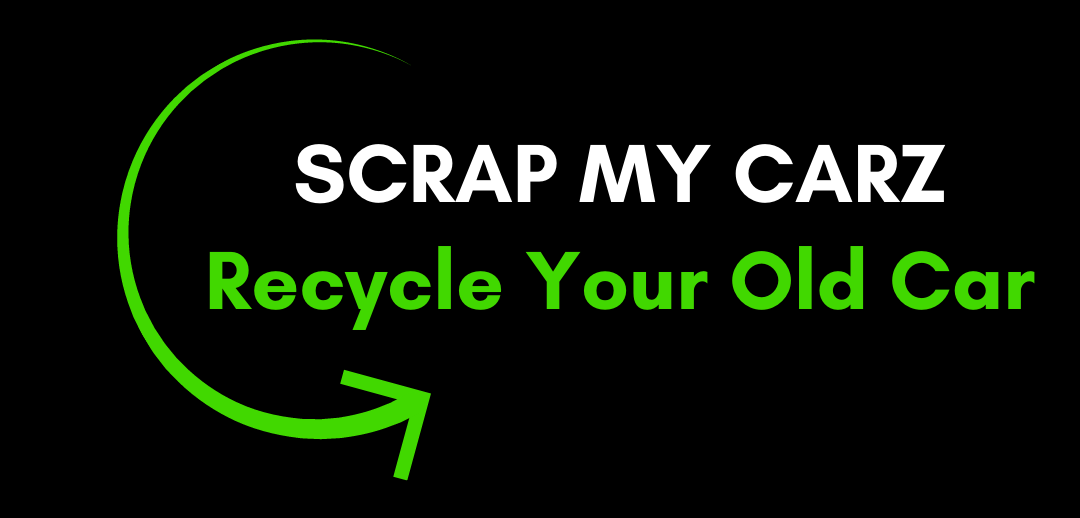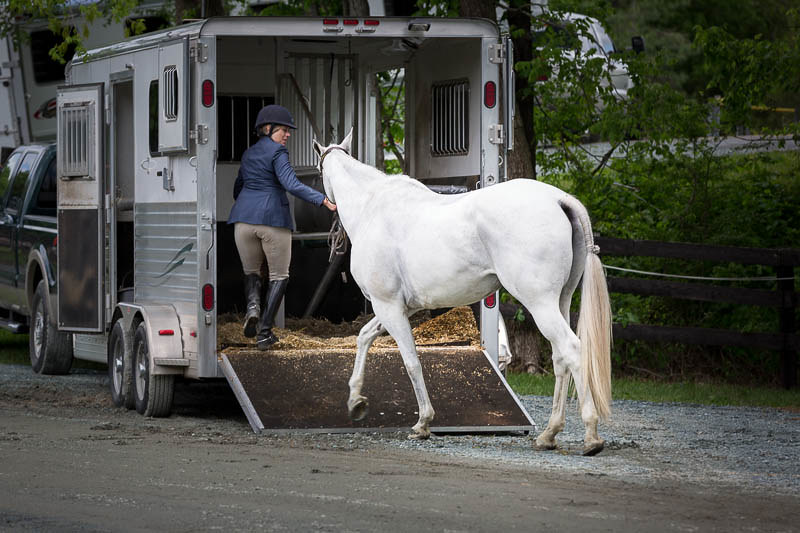With so many different types of horse trailers on the market, you may find it difficult to choose the one that best suits your animals’ needs. Buying a horse trailer is not as simple as it may appear, as there are several factors to consider when doing so, including the trailer’s size, style, functionality, and of course, your money.
When it comes to horse trailers, height and width are important considerations. When being dragged, it’s critical to ensure that your horse can stand with its head at a normal height, as that head-height space should ideally be regarded and not compromised for the horses’ comfort when in transit.
This guide on horse trailer types will assist you in selecting the ideal one for you and your horse to ensure a smooth ride. Aside from the various styles and sizes, each horse trailer also comes with unique features. Before investing in a new trailer, it’s critical to understand each type’s benefits and carefully consider what you actually need.
Do you need where to ‘scrap my horsebox‘? Contact us Today!
Understanding Types of Horse Trailer
-
Bumper Pull Horse Trailers
Also called tag-along, the bumper pull is a popular type of horse trailer and is generally less expensive than any other type. Bumper pull or tag along trailers are connected to your vehicle by a hitch mounted to the chassis of your tow vehicle and located beneath the rear bumper. These are typically smaller than gooseneck horse trailers, designed to transport up to two horses, together with the tack and other equipment.
Tag-alongs fit most SUVs and are an excellent deal for individuals hauling only one or two horses. Although some manufacturers make bumper pull trailers for up to four horses, most transporters opt for a gooseneck trailer for more than three horses.
Rather than spending more money on a larger trailer that will require a more powerful and expensive towing vehicle, choose a two-horse bumper pull trailer, the most common choice for those pulling one or two horses.
-
Gooseneck Horse Trailers
Gooseneck horse trailers are among the most common horse trailers with superior towing capability. These are heavier than tag-along but are more stable and can carry two to six horses. Gooseneck trailers are connected to the bed of the towing truck, which is located over the rear axle.
The gooseneck arrangement also ensures that the trailer’s weight is supported by the truck’s back axle rather than the tow vehicle’s bumper, reducing the strain on your vehicle.
These trailers may be ideal for carrying more than three horses since they provide a better ride for the horses, more stability with reduced sway, and more horse room and human storage space.
The advantages, though, come at a price. Gooseneck trailers are more costly than bumper pulls and other alternatives. Since they are heavier than tag-along, they will cost you a little more expensive in fuel; but if you transport more than three horses frequently, a gooseneck might be the best option for you.
Read: How to Inspect a Horse Trailer
-
Living Quarters Horse Trailers
Living quarter horse trailers are ideal for those who travel long distances and frequently stay for shows and events. They’re essentially a combination of a camper and a horse trailer where you have areas to store your gear and stay comfortable with their separate living quarters.
These horse trailers are available in a wide range of price points and styles, but the majority of them include the following features:
- A comfortable bedroom with a large bed
- A seating area
- A small kitchen with a sink and fridge
- A dining area
- A shower, toilet, and sink in a bathroom
Basic Load Styles
Horse trailers come in two different styles: straight and slant. Since each configuration guarantees safety when in use, the equestrians’ preferences must be considered when making their decision.
-
Straight Load Horse Trailers
Straight load is the most common style of a horse trailer that is usually ideal for holding one to two horses. Horses are hauled in straight load trailers with their heads forward and tails at the back of the trailer. The horses enter the trailer through the back gate and stand side-by-side with a centre divider. Many people choose straight load trailers because they have a front door that allows the handler to exit the horse easily and safely.
Because straight load trailers are smaller than slant load trailers, they may fit into tighter parking places. Its ramps on the back and sides improve loading and unloading safety. However, they also add weight to the trailer and put greater strain on the towing vehicle. This design is best for a two-horse bumper pull horse trailer and is safer and cheaper than other options.
-
Slant Load Horse Trailers
A slant load horse trailer is usually larger than a straight load trailer, with more space for storage in the empty spaces caused by the slanted shape. This type is the best option when transporting more than two horses.
The slant load type of trailer has diagonal stalls that allow more horses to fit in its small area. Horses are travelling diagonally with their heads facing left or the middle of the road. Some slant load trailers have a back gate; the larger versions may also include a side gate.
The advantage of a slant load horse trailer is that it can accommodate more horses in a smaller space. The disadvantage is that reaching a horse in the front stall is more difficult when the trailer only has one entry.
Final Thoughts
Horse trailers make transporting horses to and from events and trailheads easier and more convenient. Learning which horse trailer type suits your needs is important in making the best trailer purchase for your horses.
With so many options, always choose the one that best matches your horses’ needs and is compatible with your vehicle. Furthermore, ensure its safety and materials because purchasing a horse trailer is one of an equestrian’s significant investments.


Recent Comments